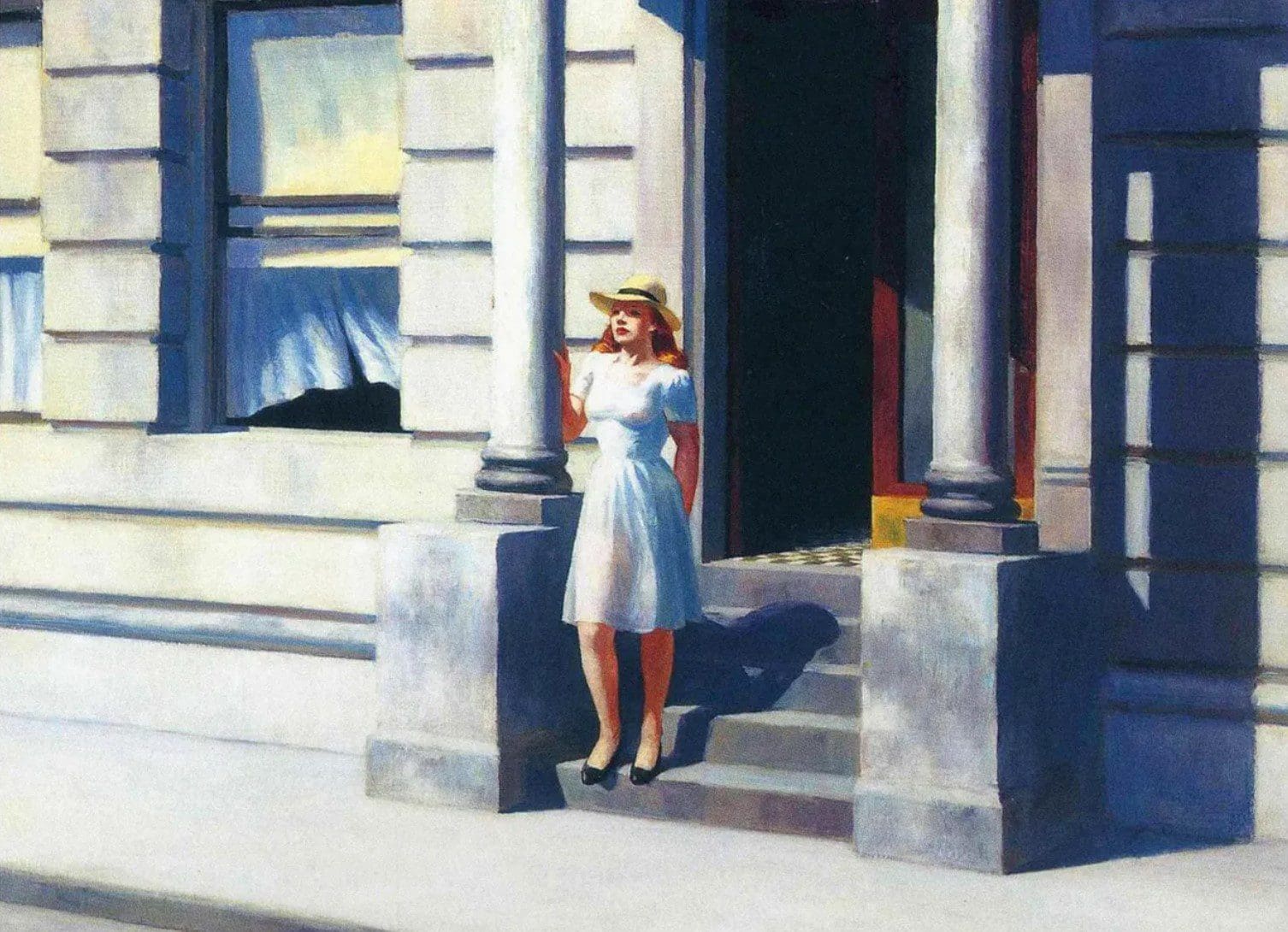Replicating ancient light sources can help archeologists determine ho how prehistoric artists and artists would have seen ancient cave paintings. Photo by the Before Art Project, courtesy Iñaki Intxaurbe.
Cave art researchers have a tantalizing new theory to explain prehistoric paintings: that the images came to life in the flickering flames of candlelight as an early form of cinema.
“The flickering light, the dancing shadows, the warm glow from the fire, many people have argued that this creates a sense of theater, that you’re looking at an ancient version of cinema,” University of Victoria archaeologist April Nowell told Atlas Obscura.
To see ancient artworks the way they would have appeared to their pre-historic creators, Nowell and her colleagues designed flickering electric lamps that matched the color and intensity of their prehistoric predecessors.




